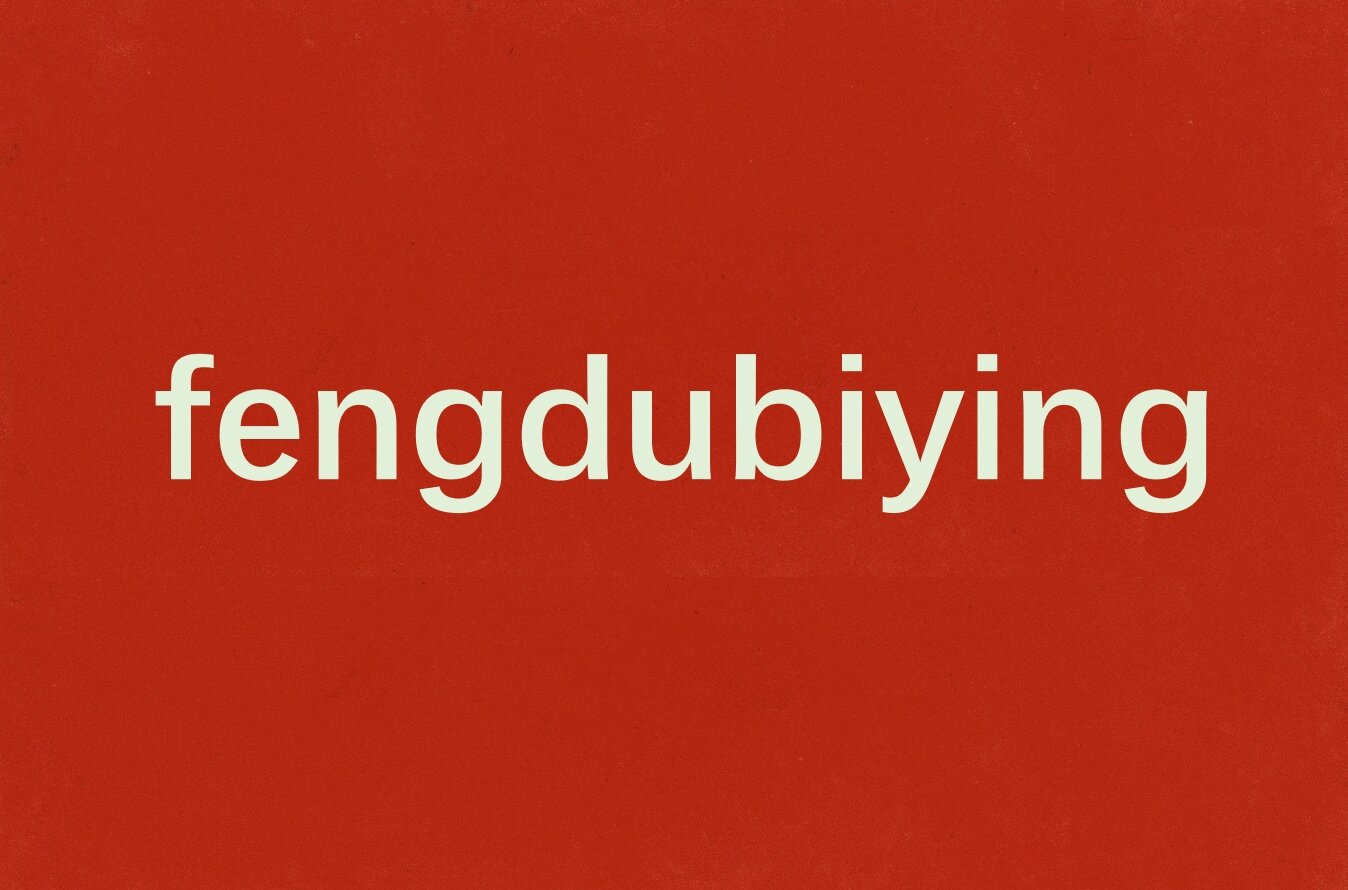What is RWA's main battleground? What is the underlying business logic of stock tokenization?
In June of this year, Robinhood announced that it would offer tokenized US stocks and ETFs to European users, providing a product service similar to OTC financial derivatives through contracts for difference (CFDs).
In September of this year, Nasdaq officially submitted a proposal to the U.S. Securities and Exchange Commission, hoping that the exchange could publicly issue securities in the form of tokens, and the topic of tokenization of U.S. stocks officially came to the official table.
On October 29, Ondo Finance, known as the "BlackRock on the blockchain," announced that its core product, Ondo Global Markets (Ondo GM), has been officially integrated into BNB Chain. This marks the first time that tokenized stocks and ETFs have been introduced into the BNB ecosystem on a large scale, setting off a new wave of tokenization in the US stock market.
In the RWA craze, why is stock tokenization a direction we must pay attention to? For intermediaries, institutions, and individual investors alike, what is the significance of getting involved in the US stock tokenization market? Does buying tokenized stocks equal buying the stocks themselves, and what are the key differences? Where are the compliance boundaries for this type of product? ...
Today, Crypto Lawyers will systematically review some key issues regarding stock tokenization and offer their perspectives from the professional standpoint of a Web3 lawyer.
First, why does CryptoShalu believe that stock tokenization is the most important branch of the current RWA narrative?
As many have noticed, the cryptocurrency market has been turbulent these past few months. After massive liquidations like the 10/11 incident, investors have gradually realized that DeFi has a major flaw: products are becoming increasingly complex, with layers of protocols and various interdependent lending, leverage, arbitrage, and contract structures, seemingly designed to be incredibly sophisticated. However, a problem in any one layer will quickly spread to every other layer, leading to a cascading liquidation. The intractable issue is that the market struggles to predict which layer will spiral out of control in advance, leaving insufficient time to react. Once a crisis occurs, overall liquidity dries up in an extremely short period.
In this context, funds that were originally in DeFi are now looking for valuable assets that can weather economic cycles smoothly.
As a tokenized product based on real-world assets, RWA naturally meets the above requirements. According to the latest data from rwa.xyz, as of today, on-chain RWA funds have exceeded $35.6 billion and are showing a continuous growth trend. The CryptoSalad team has also been at the forefront of RWA's practical application, allowing them to directly perceive the market's sentiment. However, our view remains consistent: RWA is not yet ready for its explosive growth.
Crypto Law believes that currently, there are not many assets that can be put on-chain and have yield value. This is due to multiple factors, including regulation, technology, non-standardization, and liquidity, many of which require top-down solutions. Therefore, many institutions now prefer to tokenize existing financial securities products such as money market funds and bonds to test the waters. This is because these products already have a clear rights and obligations structure and a clear legal definition within the framework of securities law and company law, making them highly standardized and compliant "products."
Stocks, being a relatively high-risk, high-return financial product, not only satisfy investors' risk appetite but also make them easier to incorporate into on-chain applications such as collateralization and lending in DeFi scenarios. Furthermore, mature stock markets offer substantial liquidity, comprehensive and sophisticated intermediaries, and the feasibility of large-scale allocation and instant trading.
As for US stocks, given the objective reality of the dollar's hegemony, they are undoubtedly the most core, mature, and liquid asset class globally. Especially the giants represented by the "Seven Sisters" of US stocks, whose rises and falls influence financial investments across the US and even globally. Moreover, the US is at the forefront of the crypto industry, so the booming tokenization of US stocks is to be expected.
Second, what exactly can stock tokenization achieve? What forms does it take? How do the parties involved profit? Is it compliant with regulations?
Let's take the US stock market as an example. If we define it precisely from the perspectives of anchoring logic and investor rights, the tokenization of US stocks can be divided into several mainstream models.
In its narrowest sense, tokenization in the US stock market refers to Nasdaq submitting a proposal to the SEC, requesting permission to issue securities in token form on the main market. It's important to clarify that this doesn't require issuing a new stock, but rather the ability to issue the same stock in two different forms, the difference being whether or not blockchain technology is used to represent ownership and register it. The only difference is that the Depository Trust Company (DTC) will determine whether to use tokenization for settlement and clearing based on user choices, without affecting transaction speed.
This is the official definition of tokenization for US stocks. Given the content of this proposal, it's hard to say what it will actually change. It's like the same food delivery service changing from a blue-rider (high-speed rail) to a yellow-rider (low-speed rail), with the same price, the same merchants, and the same electric scooters. For those who can't download the app (investors without identity, address, funds, etc.), they still can't order or receive the food.
Driven by this "market demand," a number of broad-based US stock tokenization platforms have emerged:
For example, Robinhood offers users a tokenized form of Contracts for Difference (CFDs). Users can select US-listed stocks or ETFs on the platform to purchase Stock Tokens. Each token represents one share or unit of the underlying stock. For each contract signed, the platform purchases the corresponding US stock through its US broker, Alpaca.
For example, MSX, which recently gained popularity due to its points-based season plan, also relies on Payment For Order Flow (PFOF). This involves packaging users' on-chain orders and routing them to off-chain market makers to purchase US stocks at real-time synchronized prices. The goal is to allow anyone who owns the tokens to receive corresponding stock dividends. Robinhood and MSX are essentially financial derivatives, not actual stocks.
Although most users know, and CryptoSalad must reiterate, that purchasing tokens on these platforms does not grant actual shareholder rights, investors still flock to them hoping to experience the ups and downs of the US stock market and get a piece of the pie in this attractive market.
III. Conclusion
However, these broadly defined tokenizations of US stocks have consistently faced several long-standing and difficult-to-resolve problems. For example, due to insufficient participants and the KYC (Know Your Customer) hurdle, the on-chain trading volume is shallow, resulting in insufficient market liquidity. Consequently, investors may experience slippage when buying and selling tokens, meaning they may not be able to sell at the expected price. Furthermore, the conversion from stocks to tokenized assets involves multiple intermediate processes and even multiple participants, leading to high transaction fees and increased friction costs in minting and redemption, resulting in poor arbitrage efficiency and easily creating a vicious cycle. These issues constitute typical pain points in the early stages of US stock tokenization.
Recently, Ondo Finance appears to have proposed a solution to this problem.
Firstly, regarding the liquidity issue, Ondo's approach is to purchase a large amount of real-world stock from the traditional market and hold it with a licensed brokerage or custodian bank. When a user places an order, an equivalent amount is allocated from the real-world stock inventory, generating a corresponding token on the blockchain and providing it to the user instantly. This shortens the link between the token market and the US stock market, allowing arbitrageurs to enter at lower transaction costs, and making token price fluctuations less pronounced, effectively solving some of the liquidity problems.
CryptoShalu believes that the core compliance challenges of tokenization in the US stock market are concentrated in two aspects:
When a trading platform pools investor funds to purchase target stocks and distributes profits or dividends in the form of tokens, it may essentially become a collective investment vehicle, which requires registration or exemption within the securities regulatory framework.
Furthermore, if tokens can be freely bought and sold on-chain and the platform facilitates the transactions, the platform may be identified as an "Alternative Trading System (ATS)" and must comply with relevant brokerage, clearing, and disclosure requirements.
These two regulatory determinations almost entirely determine whether tokenized shares can "legally exist" within the existing legal framework, and are also the most carefully weighed aspects when designing the business and technical architecture of various platforms. So how did Ondo Finance achieve compliance?
- First, Ondo Finance acquired Oasis Pro, directly obtaining licenses including a Broker-Dealer license registered with the U.S. SEC, an ATS (Alternative Trading System) license, and a Transfer Agent license. This means it can legally hold real shares, perform liquidation, custody, tokenization, and transfer registration, thus having sufficient compliance basis.
- Secondly, Ondo Finance is backed by large institutional funds and a team with top-tier financial backgrounds. People often refer to Ondo Finance as the "BlackRock on the blockchain" because Ondo plays a similar role on the blockchain as BlackRock does in traditional finance, and their size and investor backgrounds are also similar.
- BlackRock is the world's largest asset management company, and one of its core values is issuing safe, transparent, and large-scale funds and fixed-income products, such as U.S. Treasury ETFs and money market funds. Ondo Finance has been working to bring Treasury and cash products onto the blockchain through tokenization, including USDY (a yield-generating "on-chain dollar" with short-term U.S. Treasury bonds and cash equivalents (bank deposits, etc.) as underlying assets) and OUGG (a tokenized short-term Treasury bond fund with short-term U.S. Treasury ETFs managed by BlackRock and a small amount of institutional bonds as underlying assets).
Therefore, Ondo Finance has ample strength and reason to take the tokenization of US stocks to the next level. The emergence of US stock tokenization is an important signal of the gradual integration of crypto finance and traditional capital markets. It is not only a technological innovation, but also a testing ground for regulation and the restructuring of financial infrastructure. In the short term, tokenized stocks are still in the exploratory stage, and compliance paths and market mechanisms are constantly being refined; but in the long run, whoever can find a balance between compliance and efficiency will have the opportunity to occupy the commanding heights in the next wave of asset tokenization.
In CryptoSalad's view, the traditional financial system generally remains resistant to stock tokenization. This resistance is not difficult to understand: the new model is too "disruptive," causing too much impact on the existing financial order, and the current regulatory framework is unable to keep up. If problems arise, who will take responsibility? However, from another perspective, stock tokenization does address certain pain points. From technological innovation to actual market feedback, it clearly responds to current real needs, so we believe the future of stock tokenization is still promising.
- 核心观点:美股代币化是RWA领域关键发展方向。
- 关键要素:
- Robinhood推出代币化美股CFD产品。
- 纳斯达克提交证券代币化发行提案。
- Ondo Finance将代币化股票引入BNB链。
- 市场影响:推动传统金融与加密市场融合。
- 时效性标注:长期影响



